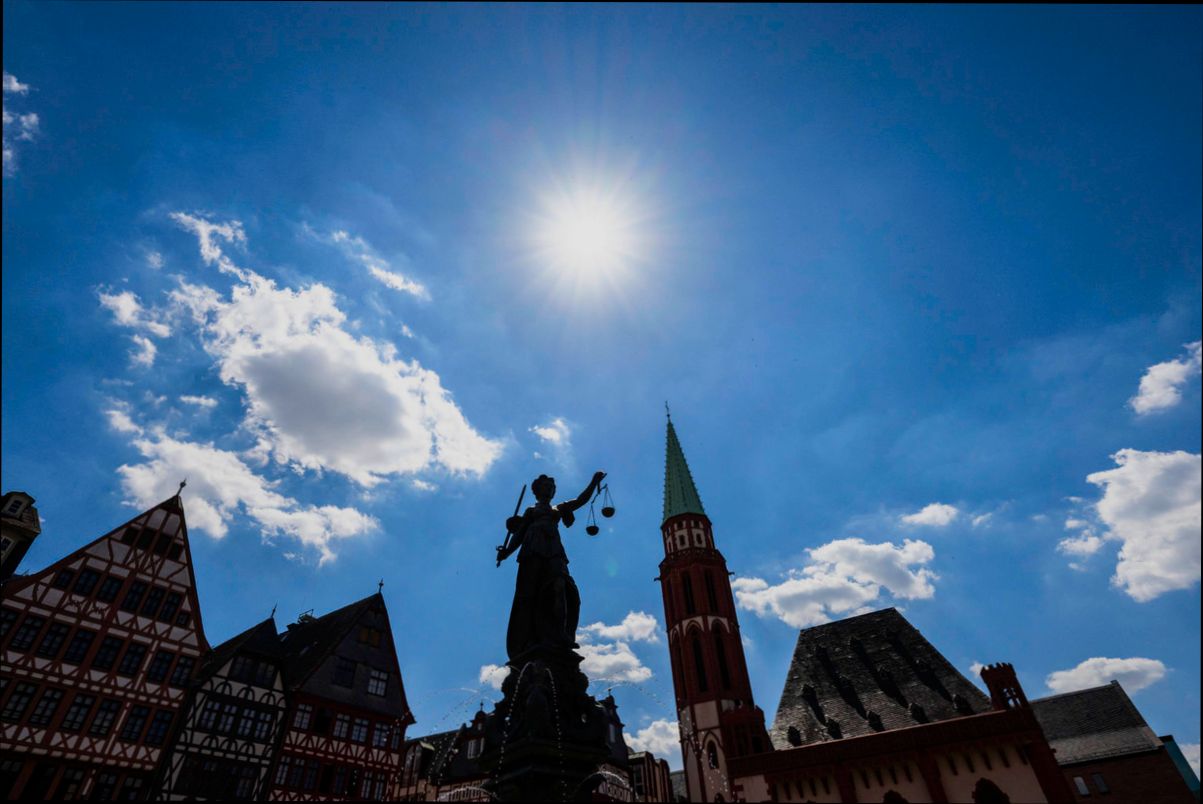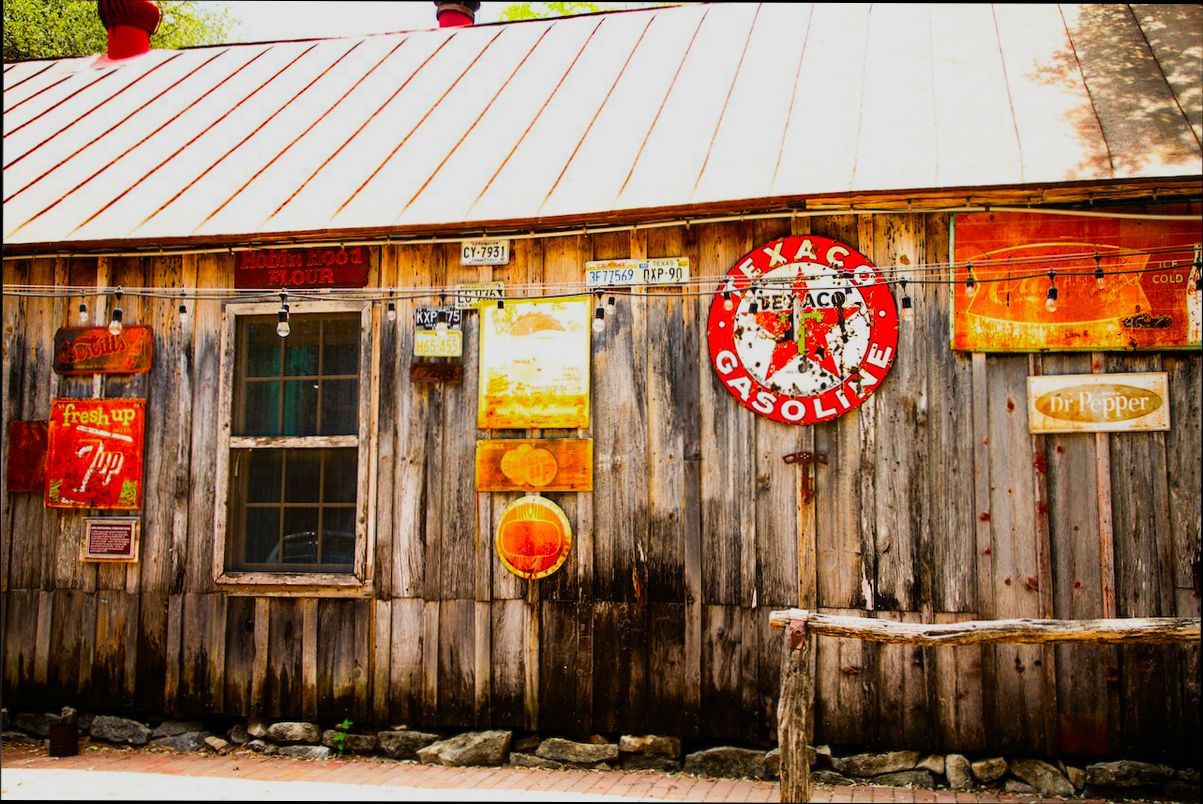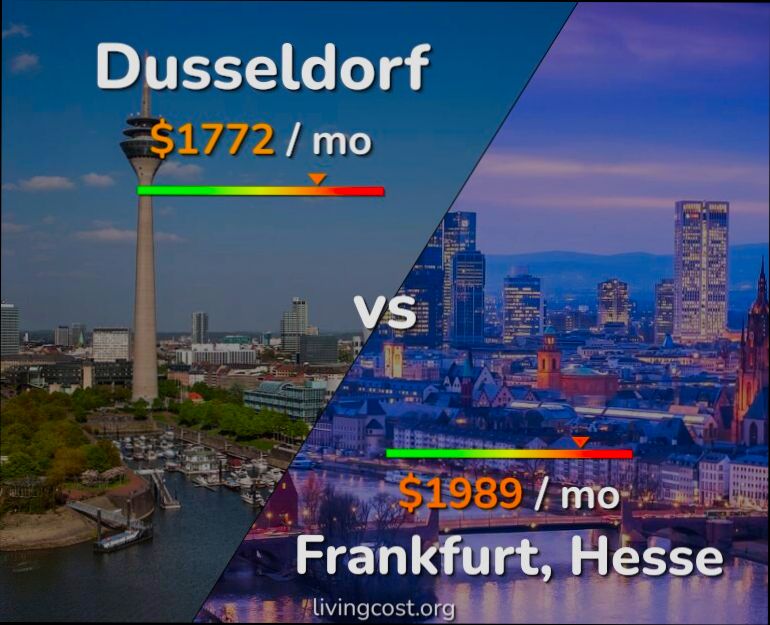Pros and Cons of Living in Frankfurt am Main spill into a vibrant mix of opportunities and challenges that shape daily life in this bustling German city. On the bright side, Frankfurt boasts one of the highest living standards in the world. With a strong economy driven by finance and tech, you can easily find a job, especially if you’re in banking or IT. The city offers an efficient public transport system, making it a breeze to zip around. Don’t forget about the beautiful parks and the stunning skyline; nothing beats enjoying a sunny day at Palmengarten while gazing up at those sleek skyscrapers.
However, it’s not all sunshine and rainbows. The cost of living can hit hard, especially when it comes to housing. Renting a modest one-bedroom apartment in the city center can cost you around €1,200 a month, and that’s before you even think about utilities or groceries. Even socializing can be pricey, with drinks in bars averaging €4 to €6—definitely an adjustment if you’re used to cheaper outings. Plus, while the city is funky and multicultural, some might find it lacking in the charm of more historical areas. Balancing these highs and lows is part of the unique character of living in Frankfurt.
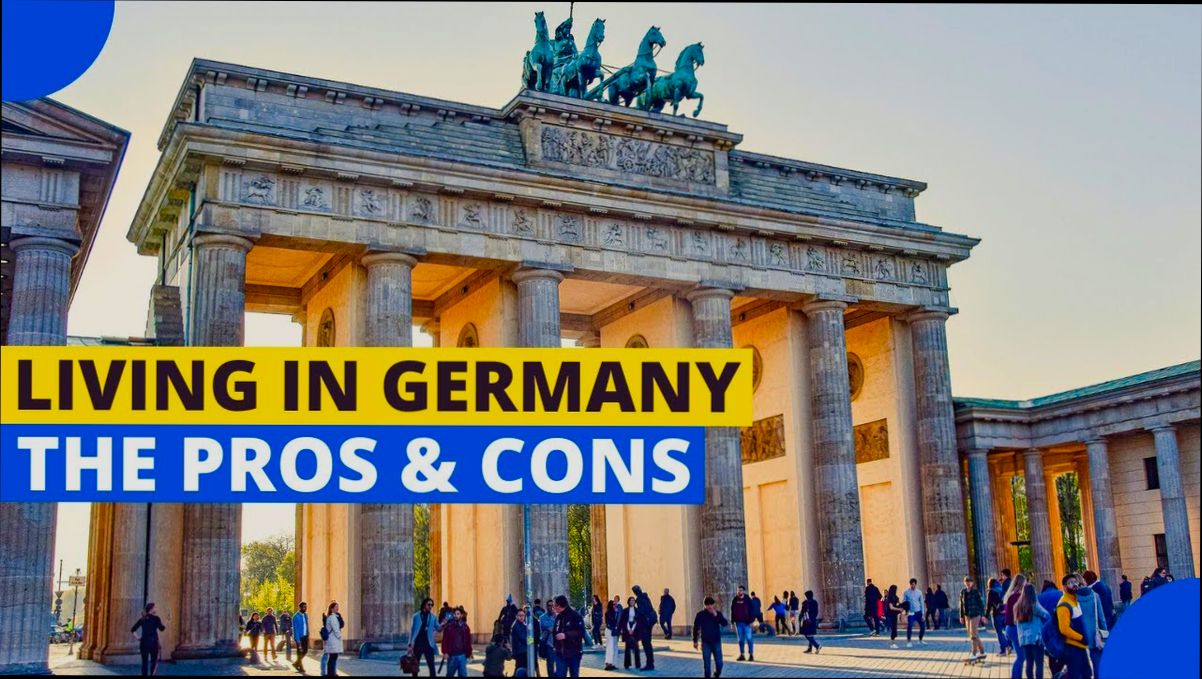
Cost of Living in Frankfurt
Living in Frankfurt am Main comes with a unique set of financial considerations that are important to keep in mind. From housing costs to everyday expenses, understanding the cost of living in this vibrant city can help you make informed decisions about your relocation or lifestyle changes.
Key Points on Cost of Living
- The average monthly rent for a one-bedroom apartment in the city center is approximately €1,250, while out of the city, it drops to about €950.
- Expect to spend about €350 on groceries for one person each month, which includes basic items like bread, milk, eggs, and vegetables.
- Transportation is another aspect to consider, with a monthly public transport pass costing around €100.
- When dining out, a meal at a mid-range restaurant can set you back around €15 to €25 per person, depending on the location and cuisine.
Comparative Cost of Living Table
| Expense Category | City Center (€) | Outside City (€) |
|---|---|---|
| Rent (1-bedroom) | 1,250 | 950 |
| Groceries (monthly) | 350 | 350 |
| Public Transport (monthly) | 100 | 100 |
| Dining Out (per meal) | 20 | 20 |
Real-World Examples
One family shared their experience of renting a three-bedroom apartment in Sachsenhausen, where they pay €1,800 a month. They manage to balance this by utilizing public transport instead of owning a car, saving on additional costs like insurance and maintenance.
Another individual noted their grocery shopping habits, stating that by relying on local markets rather than large supermarkets, they’ve reduced their monthly food bill by approximately €50 while enjoying fresh produce.
Practical Implications
- If you’re planning to move to Frankfurt, consider the high rental prices in the city center. Exploring neighborhoods like Bockenheim or Bornheim might offer more affordable options without sacrificing quality of life.
- Utilize public transport to save money in your daily commute, as it’s both efficient and budget-friendly.
- When grocery shopping, think about shopping at local shops or markets. They often have lower prices and provide a more authentic experience compared to supermarkets.
Actionable Advice
- Budget at least 30% of your income for housing costs, especially if you prefer living close to the center.
- List down all monthly expenses, including transport, groceries, and entertainment, to have a clearer picture of your overall financial health in Frankfurt.
- Always keep an eye out for special deals in restaurants or grocery stores, as many places offer discounts on certain days which can help stretch your budget further.
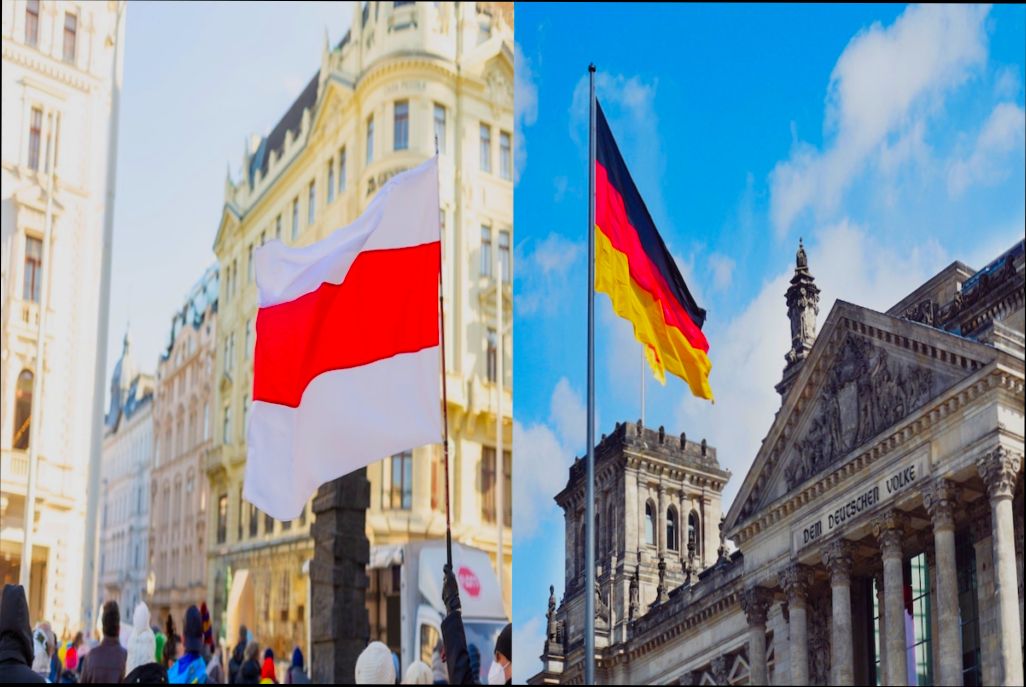
Employment Opportunities and Job Market
Frankfurt am Main stands as a vibrant hub for employment opportunities, particularly noted for its financial services and international businesses. With a diverse job market, residents can find a range of positions that cater to various skill sets and industries.
Growing Job Market
Frankfurt’s job market is robust, boasting an unemployment rate of just 5.5%. This figure reflects a stable and thriving economy, with demand particularly strong in sectors such as finance, technology, and logistics. Notably, the presence of the European Central Bank enhances the city’s appeal for finance professionals.
Key Employment Sectors
Several industries dominate the employment landscape in Frankfurt:
- Finance & Banking: Home to over 200 national and international banks, including major players like Deutsche Bank and Commerzbank.
- Technology: The sector has grown by nearly 20% in the last five years, driven by startups and established firms focusing on fintech solutions.
- Logistics: Featuring one of the largest freight airports in Europe, Frankfurt’s logistics sector accounts for about 10% of the city’s job market.
Comparative Job Market Table
| Sector | Percentage of Employment | Average Annual Salary (EUR) |
|---|---|---|
| Finance | 25% | 70,000 |
| Technology | 20% | 65,000 |
| Logistics | 10% | 50,000 |
| Healthcare | 15% | 55,000 |
| Education | 5% | 45,000 |
Real-World Examples
Many multinational companies choose Frankfurt as their European headquarters. For instance, Siemens employs over 10,000 people in the region, focusing on innovative technologies. Additionally, local startups like N26, a fintech company, continue to flourish, securing substantial venture capital and expanding their teams.
Furthermore, Frankfurt’s job fairs and networking events present excellent opportunities for job seekers. Events like “Frankfurt Job Fair” attract thousands of candidates, with many companies actively recruiting onsite.
Practical Implications
If you’re considering moving to Frankfurt for work, you should:
- Network through local events and platforms like Meetup to connect with industry professionals.
- Explore industries that align with your skills, particularly in finance and technology, as they show the highest growth potential.
- Stay informed about the latest job trends by regularly checking job boards like StepStone and Indeed, which list thousands of opportunities tailored to the Frankfurt market.
Specific insights into salary expectations and sector growth can guide your job search, allowing you to negotiate better terms confidently. Keep in mind that the demand for skilled professionals remains high, particularly those who can navigate the complexities of global markets.
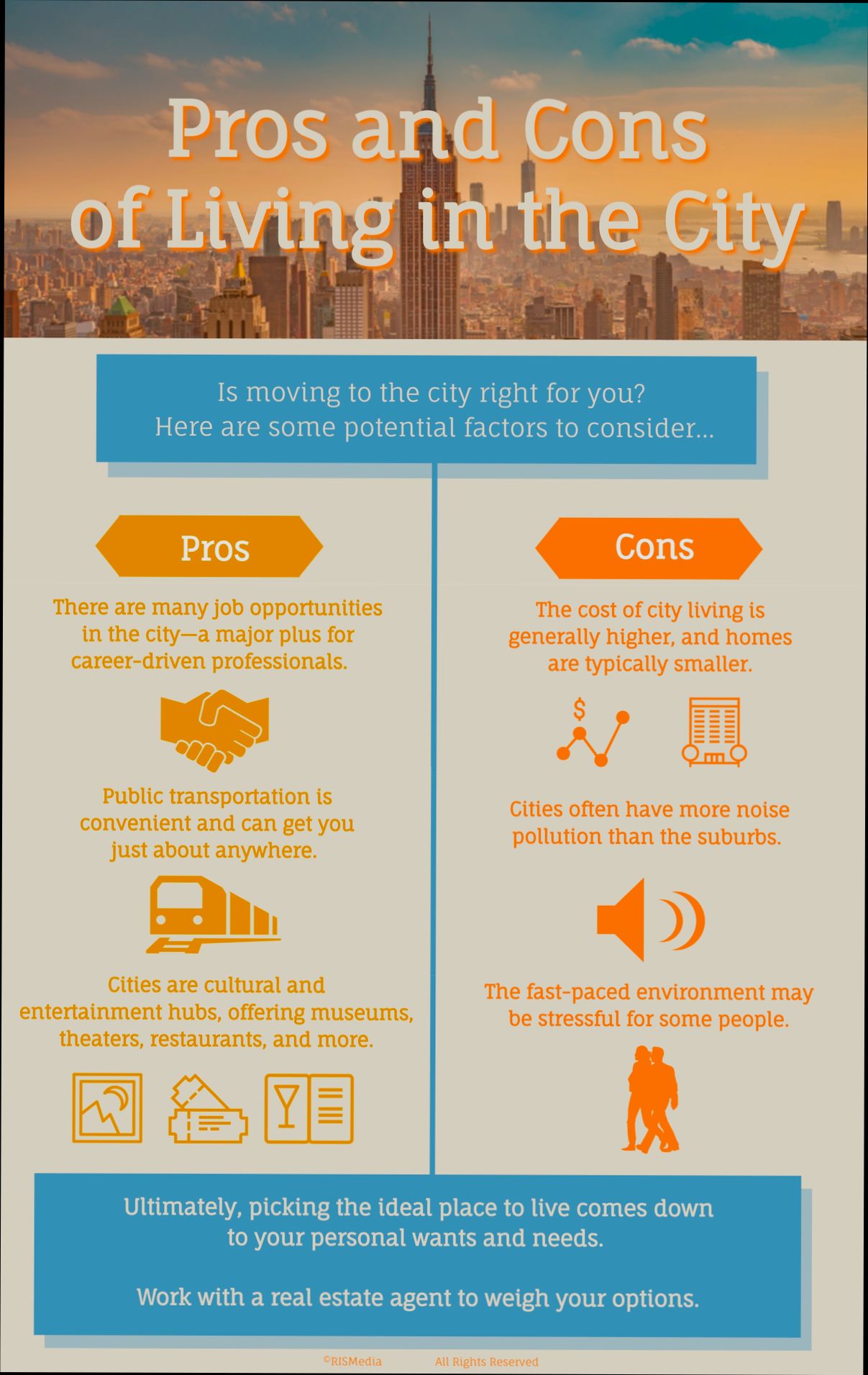
Cultural Attractions and Leisure Activities
Frankfurt am Main is a cultural melting pot filled with a rich tapestry of attractions and leisure activities that cater to diverse interests. Whether you’re an art aficionado, a history buff, or someone who simply enjoys outdoor activities, Frankfurt offers something for everyone.
Key Cultural Attractions
- Museumsufer: Recognized as one of the most important museum districts in Europe, the Museumsufer hosts 26 influential museums and galleries along the banks of the Main River. These institutions cover art, film, architecture, and more. On the first Sunday of every month, you can enjoy free admission to many of these museums.
- Frankfurt Book Fair: This is the world’s largest book fair, held annually in October, where literary enthusiasts and industry professionals gather. With over 7,500 exhibitors from around 100 countries, it showcases the latest in publishing and literature.
- Oper Frankfurt: The city’s renowned opera house is one of the leading opera venues in Europe. It consistently earns accolades for its high-quality productions and diverse repertoire, making it a must-visit for music lovers.
- Historical Sites: Landmarks like the Römer, which dates back to the 15th century, offer a glimpse into the city’s medieval past. This iconic building serves as the city hall and is surrounded by charming half-timbered houses that form the picturesque Altstadt (Old Town).
Comparative Cultural Engagement Table
| Activity | Monthly Events | Frequent Visitors | Avg. Admission (EUR) |
|---|---|---|---|
| Museumsufer | 1 | 3 million | 10 |
| Frankfurt Book Fair | 1 | 300,000 | 0 (for entry) |
| Oper Frankfurt | 30 | 150,000 | 30 |
| Römer Tours | 12 | 500,000 | 5 |
Real-World Examples
The Museumsufer hosts an annual “Museum Festival,” attracting thousands who enjoy evening tours, food stalls, and live entertainment. In addition, the successful implementation of “Long Night of Museums,” an event where museums stay open late, is particularly popular among young adults.
Another engaging opportunity is Frankfurt’s numerous open-air festivals throughout the year. Events like the “Frankfurt Wine Festival” celebrate local wine culture, attracting over 100,000 visitors each year who sample wines from regional vineyards.
Practical Implications
If you’re looking to immerse yourself in art and culture, you might consider purchasing a Museumsufer ticket that offers discounts for multiple museum visits, making it economical for frequent explorers. Engaging with the local cultural calendar and attending events can enrich your social experience and introduce you to new friends.
Furthermore, you can actively participate in community events, like workshops offered at various art museums, to engage with the city’s artistic scene on a deeper level.
Did you know that most cultural institutions in Frankfurt often provide discounted entry tickets for students and seniors? It’s worth checking for such perks to enhance your cultural outing while keeping your budget in check.
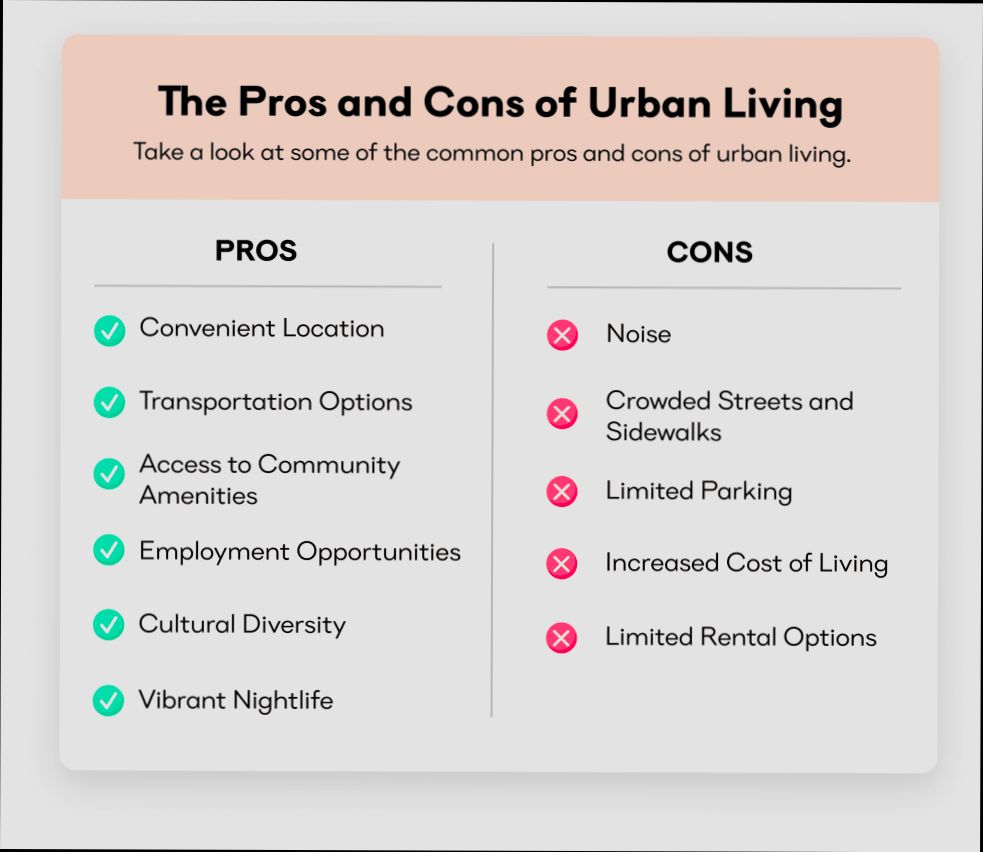
Public Transportation Efficiency and Accessibility
When it comes to getting around Frankfurt am Main, the public transportation system is a key factor that enhances daily life for residents. In this bustling city, you’ll find a network that’s not only efficient but also user-friendly, making it easy to navigate both the urban landscape and surrounding areas.
Efficiency of Public Transportation
Frankfurt’s public transport includes trams, buses, and the U-Bahn (subway), boasting impressive punctuality ratings of around 95%. This high efficiency means that you won’t often be left waiting for long, allowing you to plan your day with confidence. With more than 500 kilometers of railways and bus lines, the system serves over 800,000 daily passengers effectively.
Accessibility Features
Accessibility is a priority in Frankfurt’s public transportation system. Each of the major train stations and many U-Bahn stops feature elevators and ramps, ensuring that people with mobility challenges can navigate the city easily. Approximately 80% of the U-Bahn network is accessible for those with disabilities, showcasing the city’s commitment to inclusivity.
Comparative Transport Statistics
| Transport Type | Coverage Distance | Daily Passengers | Accessibility (%) |
|---|---|---|---|
| U-Bahn | 120 km | 400,000 | 80% |
| Trams | 110 km | 300,000 | 75% |
| Buses | 350 km | 250,000 | 70% |
Real-World Examples
Consider the case of a recent initiative aimed at reducing wait times. Frankfurt’s transport authority introduced a real-time tracking app that shows the arrival times of buses and trains. This app has dramatically improved the commuting experience, leading to increased usage by 15% among residents, especially during peak hours.
Moreover, the city hosts the “Frankfurt Public Transport Day,” which includes free rides on all public transport, encouraging residents to explore the options available. This event has garnered a positive response, with attendance figures indicating that around 25,000 people take advantage of the day to experience the public transport system firsthand.
Practical Implications for Residents
If you’re living in Frankfurt, the public transport network can significantly reduce your reliance on personal vehicles, which is especially beneficial given the high costs associated with parking in the city. You can save on expenses while enjoying the convenience of frequent and safe transport.
Additionally, many employers in Frankfurt recognize the efficiency of this system and offer transportation subsidies, further encompassing the financial benefits of utilizing public transport.
For seamless travel, consider purchasing a monthly pass, which allows unlimited travel across various transportation modes, making it easier to explore the city without worrying about individual ticket prices or schedules.
By integrating city buses, trams, and U-Bahn rides into your daily routine, you can enjoy the vibrant urban life of Frankfurt without the hassle of traffic congestion.
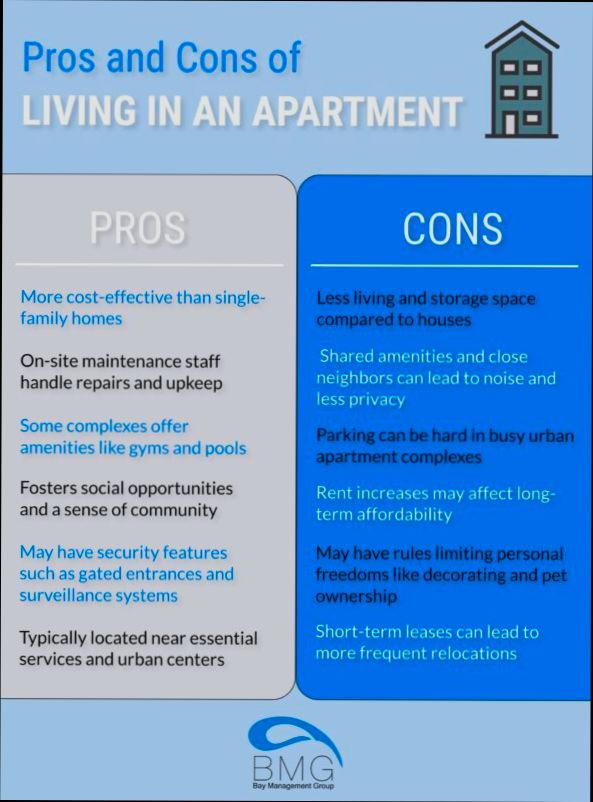
Demographic Trends and Statistical Insights
Understanding the demographic landscape of Frankfurt am Main is key to evaluating its livability. Let’s take a closer look at the population dynamics, age distribution, and migration patterns that shape the city.
Population Overview
As of 2023, Frankfurt boasts a population of approximately 750,000 residents. This figure is accompanied by a significant indigenous and expatriate mix, contributing to a rich and diverse community. The city has seen a steady increase in its population in recent years, primarily driven by migration and urbanization, reflecting a growing attractiveness for professionals and families alike.
Age Distribution Insights
Frankfurt’s age distribution showcases a youthful demographic, with a median age of around 42 years. Key insights include:
- Under 18 Years: Approximately 15% of the population falls into this age category, indicating a healthy presence of young families and children.
- Ages 18-64: This age group constitutes about 81% of the population, demonstrating the city’s role as a hub for working professionals.
- 65 Years and Older: Around 18% of the population is aged 65 and above, indicating a significant elderly community that contributes to the socio-economic fabric of the city.
This distribution underscores the importance of tailored services and infrastructure to cater to these diverse age groups, from schools to healthcare facilities.
Migration Patterns
Frankfurt’s demographic trends are heavily influenced by migration. The latest statistics reveal that:
- Inward Migration Rate: The city has recorded an inward migration rate of approximately 35%, with many individuals moving from other countries for work or education.
- International Community: More than 30% of the population comprises foreign nationals, highlighting the city’s multicultural environment.
Comparative Demographic Table
| Demographic Indicator | Percentage |
|---|---|
| Population Growth (last 5 years) | 10% |
| Median Age | 42 years |
| Children Under 18 | 15% |
| Foreign Nationals | 30% |
| Elderly Population (65+) | 18% |
Real-World Examples
Take the case of the vibrant Sachsenhausen district, which has become increasingly appealing to younger professionals due to its lively atmosphere and proximity to cultural amenities. Similarly, neighborhoods like Nordend are attracting families looking for good schools and parks, reflecting the demographic shift towards family-oriented living spaces.
Moreover, the influx of international students and young professionals from across Europe and beyond, drawn by prominent institutions like Goethe University, illustrates the appealing nature of Frankfurt as a global educational center.
Practical Implications
For those considering a move to Frankfurt, understanding these demographic trends can guide lifestyle choices. For instance, if you are a family, looking at areas with high percentages of children could offer you a more conducive environment, while young singles may prefer districts known for nightlife and social activities.
Keep in mind that the demographic diversity also means a rich array of cultural experiences and events, catering to a variety of backgrounds and interests.
Specific Facts and Actionable Advice
- If you’re a part of the working demographic, focus on neighborhoods that cater to young professionals, as they often have better access to business hubs and social networks.
- For families, consider engaging with local community groups to integrate into areas with a higher population of children and family-friendly amenities.
These insights can provide valuable guidance for making informed decisions about living in Frankfurt am Main.
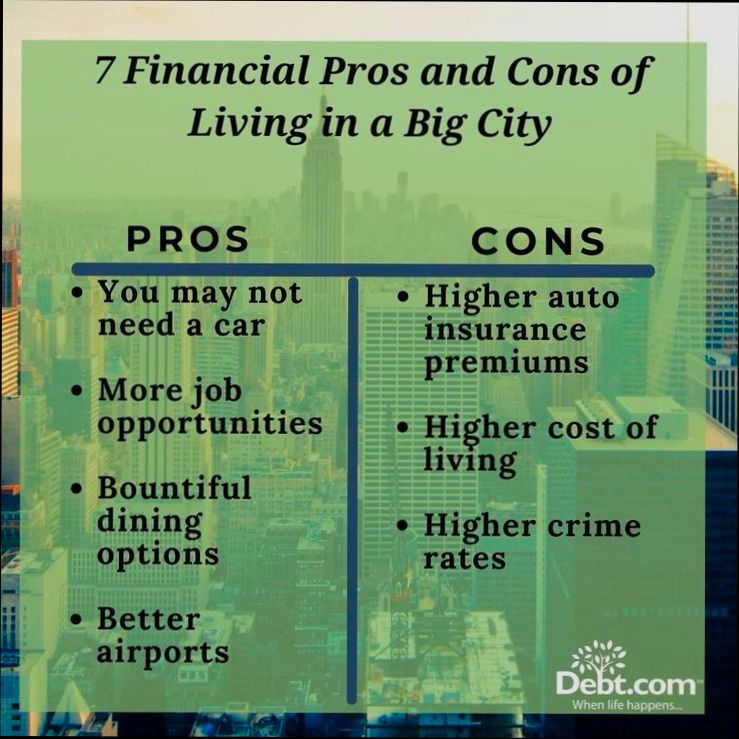
Living Environment: Parks and Green Spaces
Frankfurt am Main offers a delightful array of parks and green spaces, making it a vibrant place for relaxation and recreation. These green oases not only enhance the city’s aesthetic appeal but also play a crucial role in improving the quality of life for residents. Let’s explore some of the key features that accentuate the living environment in terms of parks and green spaces.
Abundance of Green Spaces
Frankfurt boasts over 60 parks that collectively span approximately 1,400 hectares. These spaces provide ample opportunity for various outdoor activities, making it easy for you to engage with nature right in the heart of the city.
- Palmengarten: This botanical garden is one of the largest in Germany, covering around 22 hectares. It showcases exotic plants from diverse climatic regions, making it a peaceful retreat within the urban landscape.
- Grüneburgpark: Situated near the city center, this park is popular for jogging, picnicking, and enjoying leisurely strolls under the canopy of old trees.
Utilization of City Parks
The utilization of parks in Frankfurt is impressive. Research indicates that on an average weekend, around 45% of residents engage in activities such as jogging, biking, or simply relaxing in these green areas. This high level of activity demonstrates how integral parks are to community life and wellness.
Health and Wellness Benefits
Spending time in green spaces has been linked to numerous health benefits, including reduced stress levels and improved mental well-being. With nearly 25% of residents reporting that they visit parks at least twice a week, it’s clear that these areas contribute significantly to a healthy lifestyle.
Comparative Table of Key Parks in Frankfurt
| Park Name | Area (Hectares) | Main Features | Popular Activities |
|---|---|---|---|
| Palmengarten | 22 | Botanical garden with exotic plants | Walking, events, picnics |
| Grüneburgpark | 48 | Large lawns, playgrounds, and walking paths | Jogging, relaxing, family outings |
| Niddapark | 63 | Scenic views, lake, and nature reserves | Cycling, nature walks, fishing |
| Bethmannpark | 4 | Historic sculptures and flower gardens | Strolling, quiet reflections |
Real-World Examples
In Niddapark, visitors can enjoy a picturesque setting with a serene lake, providing the perfect backdrop for cycling or enjoying a quiet fishing trip. Meanwhile, Bethmannpark offers an enchanting escape with its historical sculptures and beautifully landscaped gardens, favored by those seeking tranquility amidst lively city life.
Practical Implications for Residents
Living near parks can enhance your day-to-day experience in Frankfurt. Proximity to green spaces encourages outdoor activities and fosters community interactions. When considering a neighborhood, think about how close it is to parks. This not only benefits your mental and physical health but may also positively influence property values in the area.
Actionable Advice
To fully embrace the green living environment in Frankfurt, take advantage of the local park activities. Attend workshops, join community events, or simply make it a habit to unwind in one of the many parks. Whether it’s a morning jog in Grüneburgpark or a leisurely afternoon in Palmengarten, integrating these green spaces into your lifestyle will enrich your living experience.
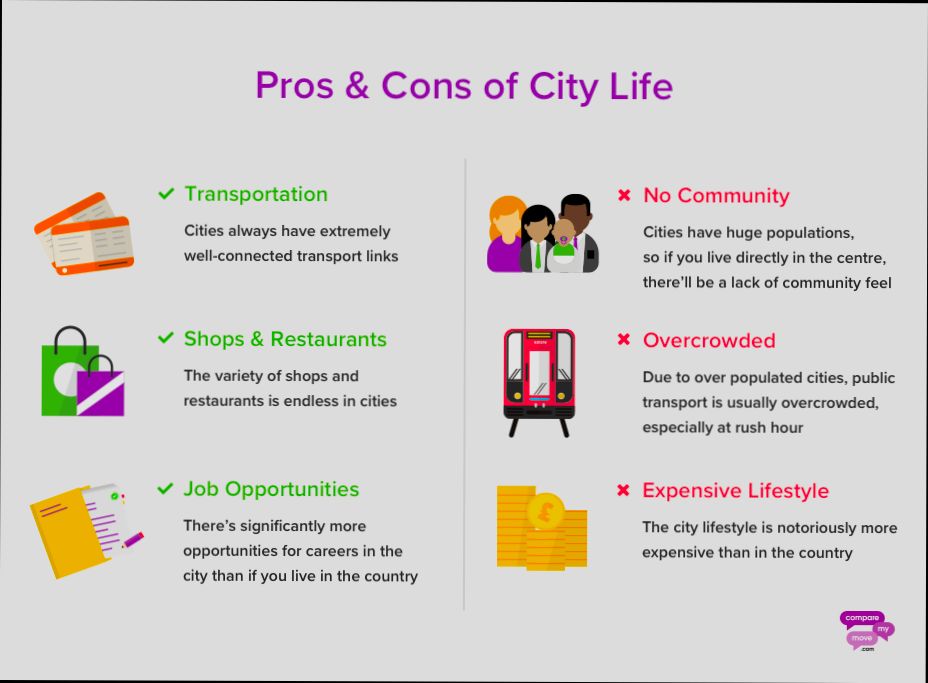
Expat Experiences and Community Integration
Living as an expat in Frankfurt am Main offers unique experiences centered around integration into a diverse community. The city’s multicultural environment provides plenty of opportunities for connection, but it can also come with challenges. Understanding these experiences is key to navigating life as an expatriate.
Frankfurt boasts a substantial expat population, with around 30% of residents identifying as foreign nationals. This diversity fosters a vibrant international atmosphere, yet it also necessitates effort in community integration, particularly for families and those seeking deeper local connections.
Key Aspects of Community Integration
- Language Opportunities: While many residents speak English, learning basic German can significantly enhance your ability to engage with the community. It’s often encouraged by expats who find that even simple phrases can break down barriers.
- Education Options: Frankfurt offers several international schools that cater to expat families. Understanding how to navigate the educational landscape, including bilingual state schools, can help you integrate seamlessly into community life.
- Social Networks: Engaging with local expat groups can provide emotional support and friendship. Many cities have dedicated expat organizations that host events, from casual meet-ups to cultural activities, promoting cross-cultural interactions.
Community Integration Statistics
| Factor | Description/Importance |
|---|---|
| Expat Population | Approximately 30% of Frankfurt’s residents |
| International Schools | Several options available, including bilingual choices |
| Networking Opportunities | Numerous organizations and events for expats |
Real-World Case Studies
Ana Castro, an expat from Spain, describes her experiences in Frankfurt as a journey toward understanding. As a communications manager, she initially struggled with the language barrier, impacting her ability to fully connect. However, after joining a local expat club and enrolling in German classes, she found that both her social life and professional opportunities flourished. Ana emphasized the value of actively participating in community events to meet people and build relationships.
Similarly, Yolande, a Singaporean expat, shared how she navigated her family’s move to Frankfurt. Choosing the right international school was crucial for Yolande, who researched various institutions and became involved in parent-teacher meetings to foster connections with other families. This proactive approach not only eased her family into the local culture but also enriched their social experience.
Practical Tips for Integration
- Participate in Expat Events: Regularly attending meet-ups or cultural events helps forge connections and feel part of the community. Look for local listings to stay updated.
- Explore Local Activities: Sign up for classes or workshops that interest you, whether in arts, sports, or cooking. Such activities often draw a mix of locals and expats, providing a dual opportunity for connection.
- Volunteer: Engaging in community service or local initiatives can enhance your integration experience. Volunteering exposes you to local customs and allows you to contribute positively.
Actionable Advice
- Join language exchange programs to improve your German while meeting locals.
- Explore various neighborhoods known for their expat populations to find the best fit for your lifestyle.
- Connect with local social media groups or forums that focus on expat life in Frankfurt to share experiences and seek advice.
In navigating the expat experience, remember that actively engaging with the community, understanding local customs, and making the effort to participate in social networks are essential for integration in Frankfurt am Main.
